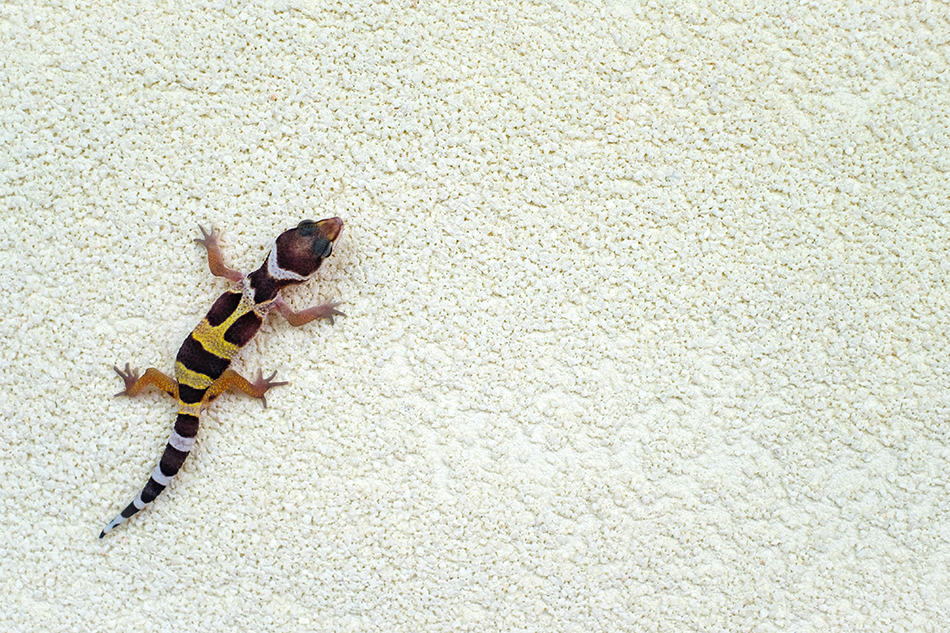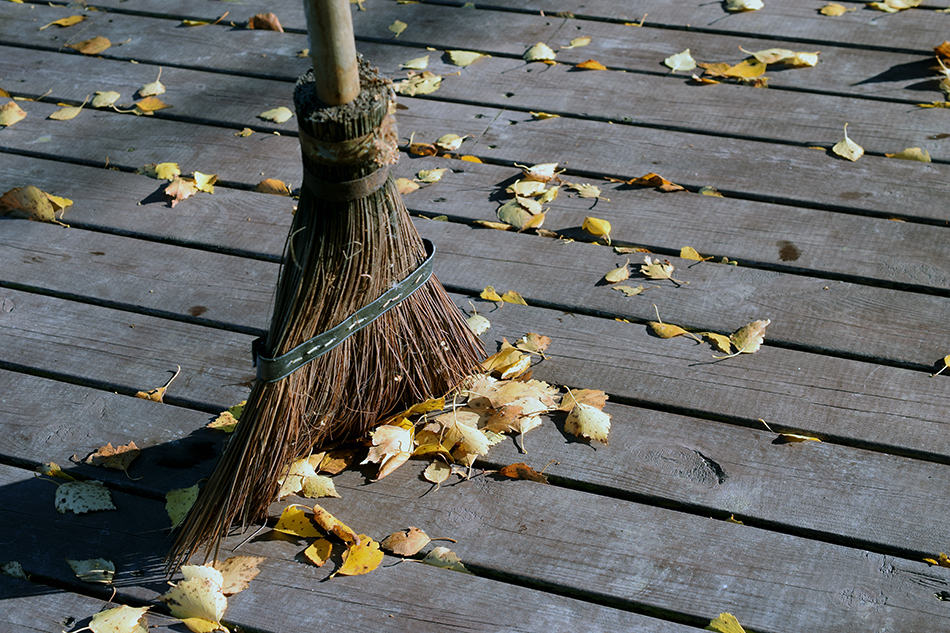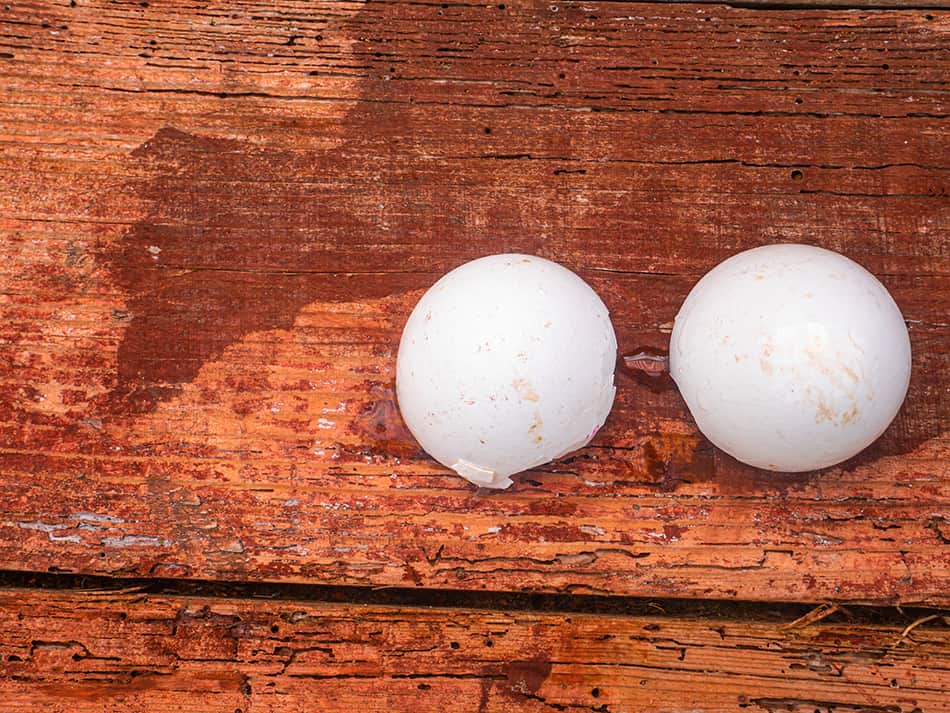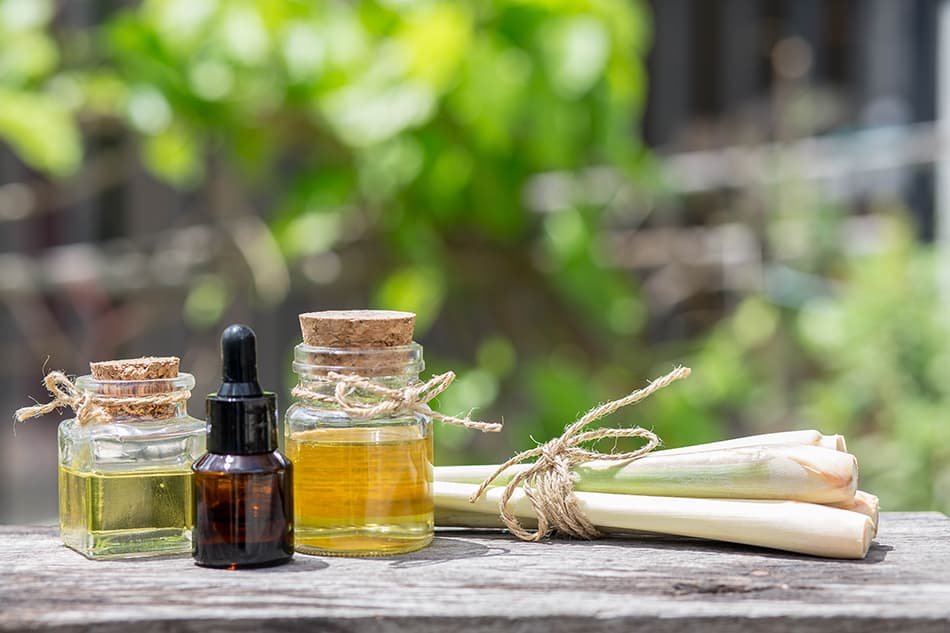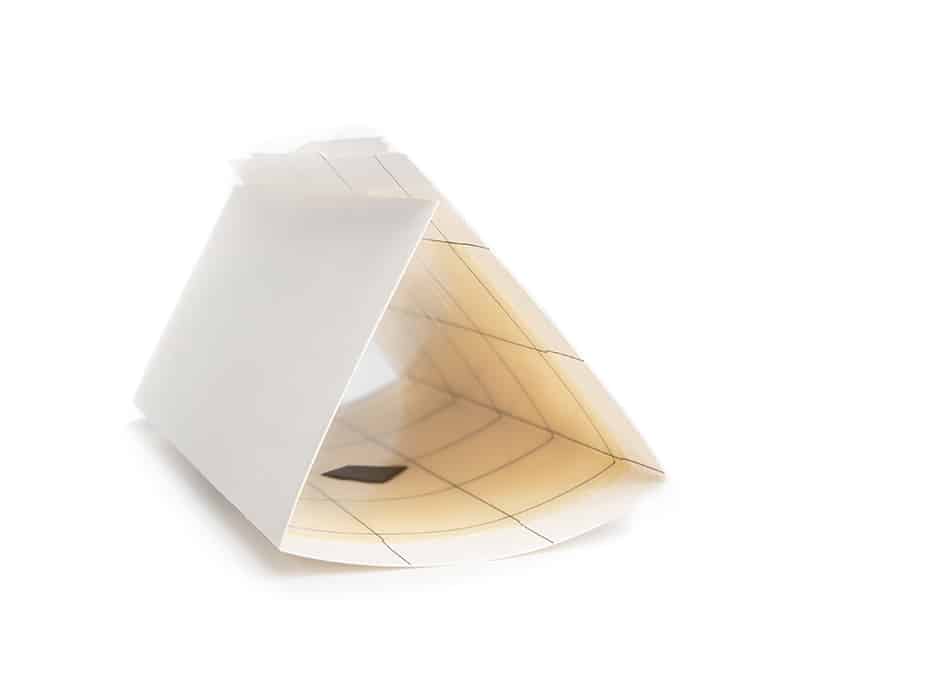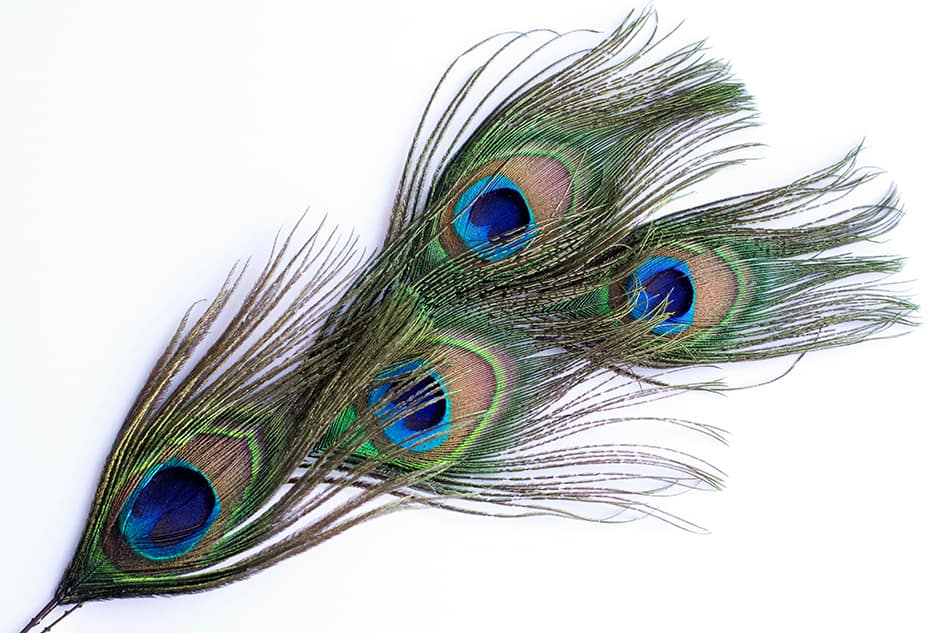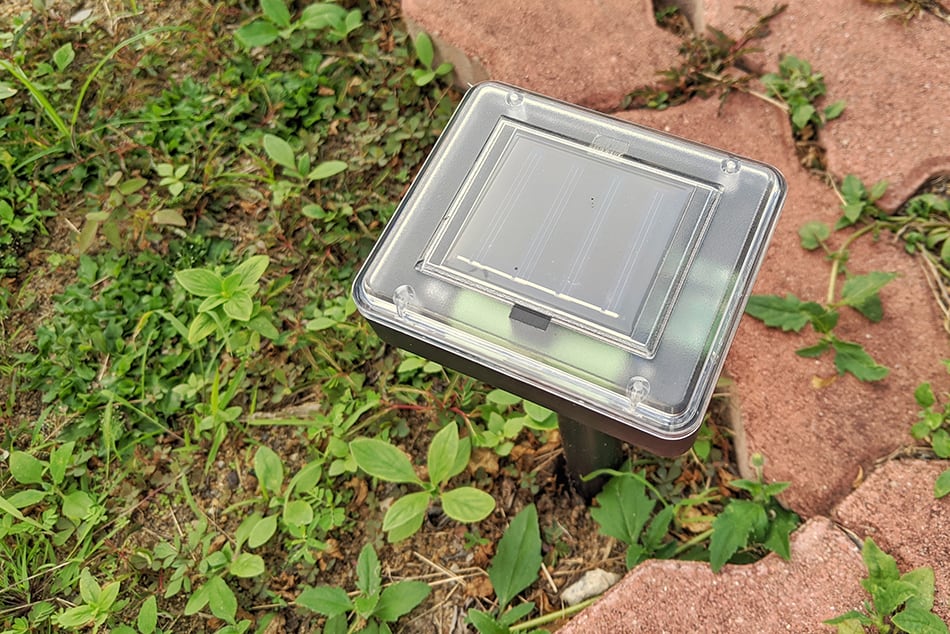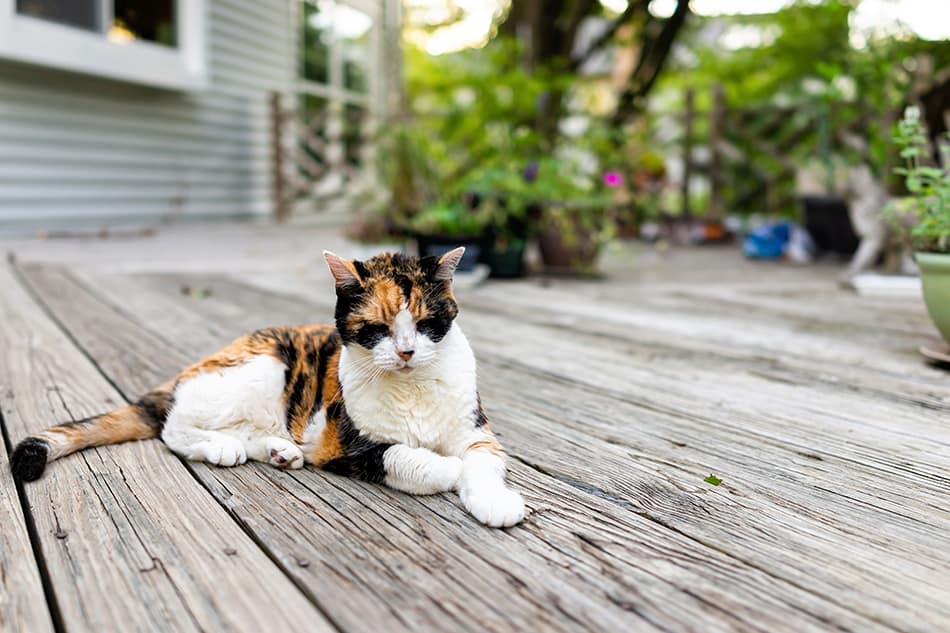People have different reasons why they want to keep lizards away from the porch and other areas of their home. To save you time, we have gathered some of the best solutions to repel lizards or deal with them if they do enter your porch.
Table of Contents
- Manually Remove Them
- Sweep the Porch Regularly
- Close the Screen Doors and Turn Off the Lights
- Monitor Water Sources
- Place Cracked Eggshells
- Place Onions or Garlic
- Place Coffee Grounds
- Use Lemongrass Oil or Tea Leaves
- Use Pepper Spray
- Spray Them with Cold Water
- Use Glue Traps
- Use Peacock Feathers
- Buy an Ultrasonic Pest Repellent
- Get a Cat or a Gecko
- Are Lizards Dangerous?
Manually Remove Them
There are many ways you can manually remove lizards from your porch, and we could write an endless list of creative ideas people come up with to go about this. Instead, we will focus on the two of the most common methods you might find useful.
The easiest solution is to just scoot them. You can use a broom, rolled-up paper, or any other object to gently nudge the lizard off of your porch. The other option is to catch and release them. The choice of the catching tool is up to the individual. We would recommend placing a bowl or a pot on top of the lizard and then sliding a sturdy piece of paper under it so that you can safely carry the lizard away.
Sweep the Porch Regularly
A clean porch will minimize the chances of a lizard finding its way there. Sweeping regularly ensures that bugs, dead or alive, don’t stay on your porch and attract unwanted attention. You will want to pay special attention to the corners as well as door frames and window sills if your porch has any.
Close the Screen Doors and Turn Off the Lights
If your porch has a screen door, it is likely to also be the main entry point for any wandering lizards. To minimize the chances of a lizard entering your porch, simply keep the screen doors closed shut. Likewise, you will want to look for any holes in your screens and fix those.
Another preventative measure you can take is turning off the lights during the night. Various bugs are attracted by the light, and therefore lizards seem to view light in the dark as an invitation to a potentially easy meal.
Monitor Water Sources
Water is life, and even though lizards can survive without water for a while, they will look for a water source. Whether you water your plants and some water stays on the leaves, or you keep a bowl filled with water outside for your pet, these could attract the nearby lizards.
Lizards tend to find a safe spot they can hide in that is close to a water source and if you don’t want that spot to be your porch, make sure that you leave no easily accessible water in that area. The added benefit is that lizards are more likely to leave and look for a water source elsewhere.
Place Cracked Eggshells
To trick a lizard, sometimes one has to think like a lizard. When lizards see a cracked eggshell, they think another animal lives in that area, birds in particular. Since lizards get eaten by all kinds of birds, they try to steer away from them.
If you choose to place eggshells on your porch, you will have to keep in mind a few things. Lizards don’t like the odor coming from the eggshells, but neither will you enjoy their stench, so it’s best to replace the eggshells if they start to stink over time. In addition, the odor eggshells give off can also attract some other animals.
Place Onions or Garlic
Who knew lizards and vampires had so much in common? While a myth for the latter, garlic has been confirmed to work against the former. Both onions and garlic will ward off lizards from your porch. Simply cut and place a few pieces of onion or garlic around your porch, and their smell will do the rest.
The only problem with this method is that you probably won’t be able to escape the smell. If that isn’t something that will bother you or you have some counter-measure for it, then you can rest at ease on your porch, knowing that it is a lizard-free zone.
Place Coffee Grounds
Combining what you love with keeping away what you don’t, coffee grounds are the perfect solution to the lizard problem for people who drink coffee. Lizards don’t like the smell of coffee grounds, whereas some people enjoy it. If you fall into that category, consider using this effective method of placing coffee grounds around your porch.
Use Lemongrass Oil or Tea Leaves
Though most commonly used as a remedy for various problems and health conditions, lemongrass essential oil makes for an effective repellent for insects and lizards alike. Alternatively, lemongrass tea leaves can be used. They are not as effective but cheaper and easier to come by.
Perhaps the most appealing aspect of this method is that lemongrass keeps lizards away but at the same time has a very pleasant smell to it that could relax you even further when spending time on the porch.
Use Pepper Spray
A nifty method of keeping lizards away from your porch is homemade pepper spray. All you need is some cayenne pepper mixed with water, and then you simply spray it around the porch. Reports from different people claim that this method does quite well at repelling lizards.
If you are bothered by the smell, consider applying pepper spray a bit further away from your porch. Spraying the perimeter should do the trick. Lastly, if, for whatever reason, you don’t want to make your own pepper spray, there are many to choose from in online shops.
Spray Them with Cold Water
If you are looking for a humane and efficient way to remove lizards from your porch, considering spraying them with cold water. Lizards are cold-blooded creatures which means that they can’t maintain their body temperature. Instead, they rely on the environment to provide them with much-needed heat.
You can create your own cold-water spray in no time by simply grabbing an empty bottle, filling it up with cold water, and fitting it with a trigger pump or mist sprayer you can borrow from other sprayers you have at home.
Use Glue Traps
Not the best solution from a few standpoints we will touch upon later. However, no one can deny the effectiveness of a glue trap. Rather than trying to chase down a lizard, you can simply place a glue trap on your porch.
The lizards will get stuck, and you will have no problem removing them from the porch. This can also be a problem if you don’t check on your glue trap(s) frequently. Since the trapped lizard can’t move, it will die a slow death, and you will end up with a decomposing lizard on your porch.
Use Peacock Feathers
You can use peacock feathers, though not to tickle them, but rather scare them away. Peacocks are natural enemies of lizards in the wild, so placing a few of their feathers around the porch should serve as a giant warning sign for lizards to stay away.
What makes peacock feathers particularly menacing compared to other bird feathers are the colorful eye-like spots. The added benefit of peacock feathers is that they have no foul odor like cracked eggshells, don’t attract pests, and can even aesthetically complement the overall design of your porch.
Buy an Ultrasonic Pest Repellent
A topic of hot debate, ultrasonic pest repellents claim to keep rodents, insects, and lizards away by emitting high-frequency sounds. The sounds won’t bother your pets, such as cats and dogs, but are aimed to keep the aforementioned troublemakers away. The price range and performance of these devices vary, but most of them won’t cost more than $100.
There is no definitive evidence that ultrasonic pest repellents work as advertised, and the customer reviews are mixed. Some people say they work; some say they don’t or have worked only for a period of time. Fortunately, products often list studies they underwent, so you can draw your own conclusions and pick a repeller from a company that you trust.
Get a Cat or a Gecko
When dealing with animal kingdom problems, sometimes it is best to hire a professional. Adding a cat to your family will bring a whole lot of fluff but also a natural hunter that will love the opportunity to chase away and catch lizards, but also many other critters, bugs, and other creatures that cats find interesting.
Are Lizards Dangerous?
Lizards are generally not dangerous to people for two reasons. There are only a few species of lizards in the world that are dangerously poisonous to humans. The handful of other poisonous lizards will cause swelling around the bite area in the worst-case scenario.
Their mild and timid nature ensures that the attacks will rarely happen. Even when they feel threatened, lizards will use other methods such as detaching their tail to be used as a decoy while they escape to safety.
